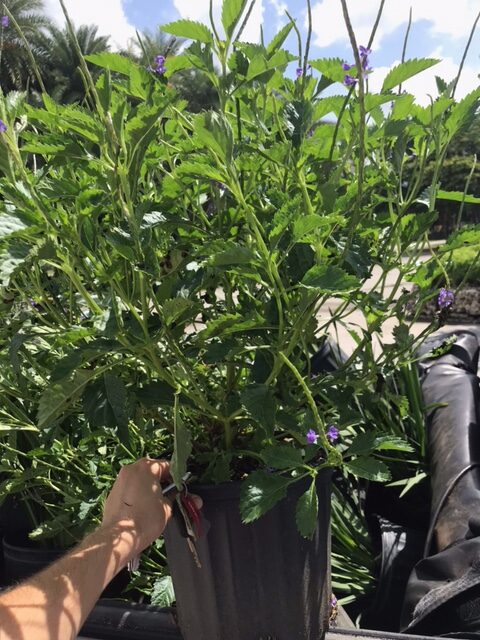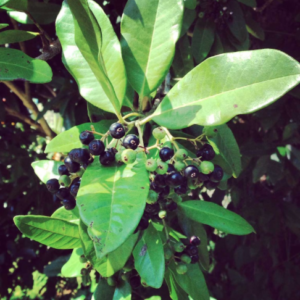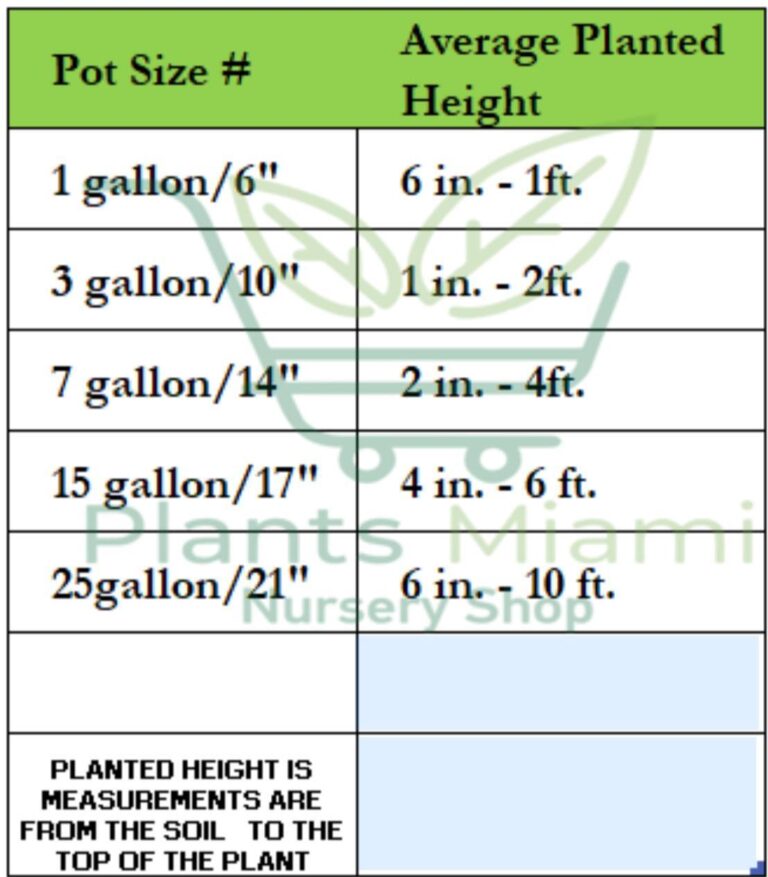General Landscape Uses: Groundcover in open, dry areas. Also wildflower gardens.
Description: Medium herbaceous wildflower.
Dimensions: About 1-3 feet in height. Generally broader than tall.
Growth Rate: Fast.
Range: Its native range in South Florida is obscured, but almost definitely native to the Monroe, Dade, Collier and Lee counties, and possibly Broward and Palm Beach counties; West Indies, Mexico and Central America. Widely cultivated and likely spreading naturally due to climate change and through cultivation.
Habitats: Coastal rock barrens and open disturbed sites.
Soils: Moist, well-drained sandy or limestone soils, without humus.
Nutritional Requirements: Low; it grows in nutrient poor soils.
Salt Water Tolerance: Low; does not tolerate long-term flooding by salt or brackish water.
Salt Wind Tolerance: Moderate; grows near salt water, but is protected from direct salt spray by other vegetation.
Drought Tolerance: High; does not require any supplemental water once established.
Light Requirements: Full sun.
Flower Color: Blue or purple with a white center.
Flower Characteristics: Small, semi-showy flowers on long spikes.
Flowering Season: All year.
Fruit: Two inconspicuous tuberculate nutlets.
Wildlife and Ecology: Larval host plant for tropical buckeye (Junonia genoveva) butterflies. Nectar plant for many butterflies and moths including: Bahamian swallowtail (Papilio andraemon), clouded skipper (Lerema accius), Cuban crescent (Phyciodes frisia), Dorantes longtail (Urbanus dorantes), fiery skipper (Hylephila phyleus), great southern white (Ascia monuste), gulf fritillary (Agraulis vanillae), julia (Dryas iulia), large orange sulphur (Phoebis agarithe), little yellow (Eurema lisa), long-tailed skipper (Urbanus proteus), lyside skipper (Kricogonia lyside), Meske’s skipper (Hesperia meskei), Palatka skipper (Euphyes pilatka), red admiral (Vanessa atalanta), Schaus’ swallowtail (Papilio aristodemus ponceanus), swarthy skipper (Nastra lherminier), tropical checkered-skipper (Pyrgus oileus) and variegated fritillary (Euptoieta claudia). Attracts many other pollinators, including bees, beetles, and hummingbirds.
References: Hammer 2004
Comments: Widely cultivated outside of its native range, and perhaps escaping from cultivation in central Florida and Alabama. See also the Florida Wildflower Foundation’s Flower Friday page.






Reviews
There are no reviews yet.